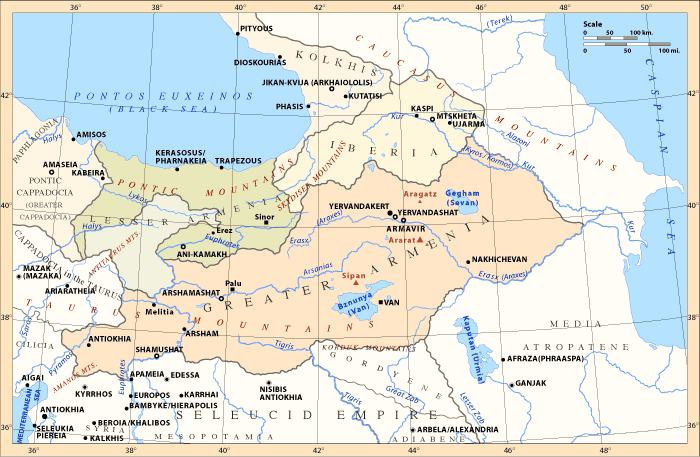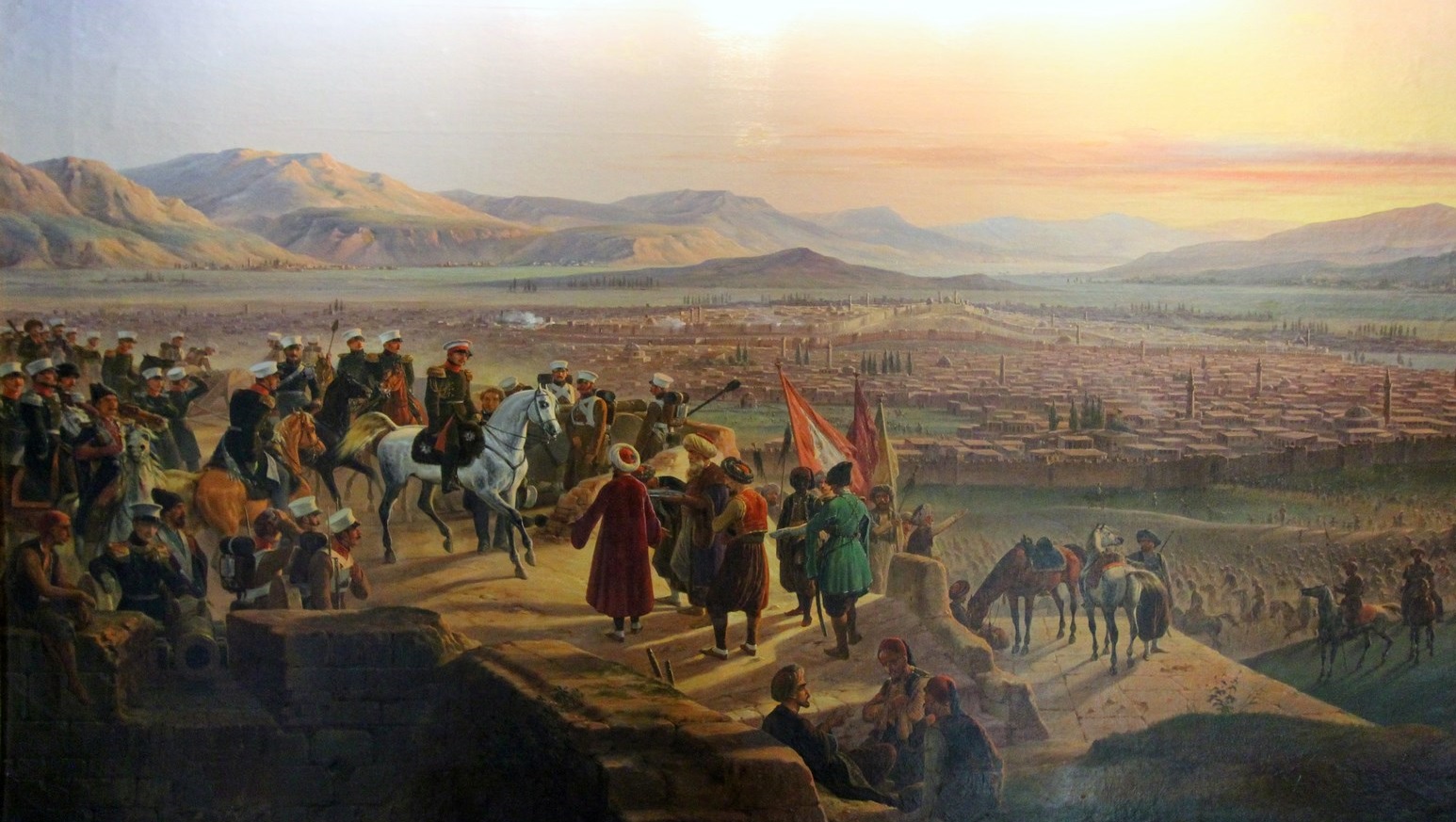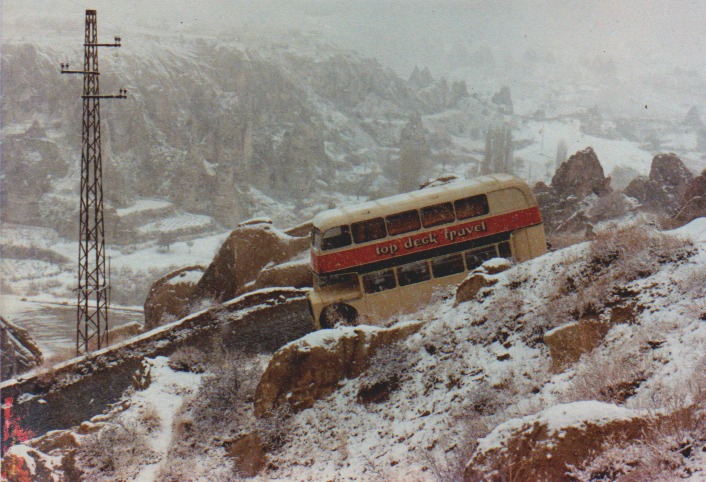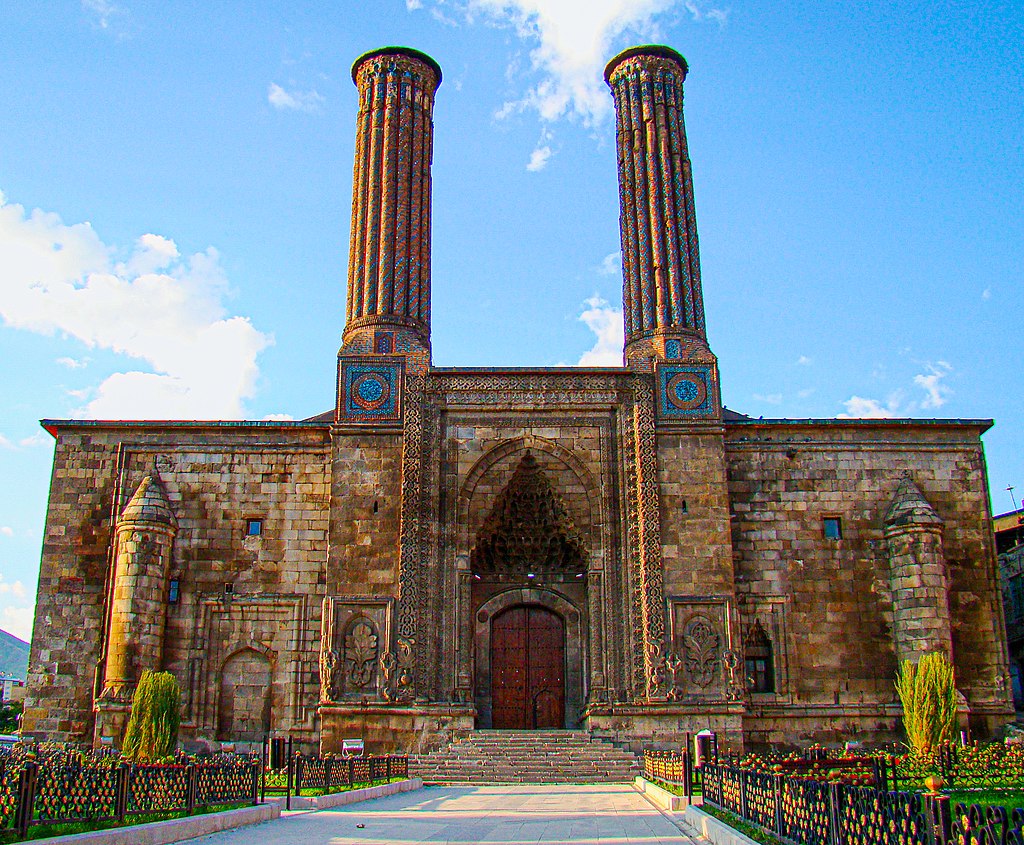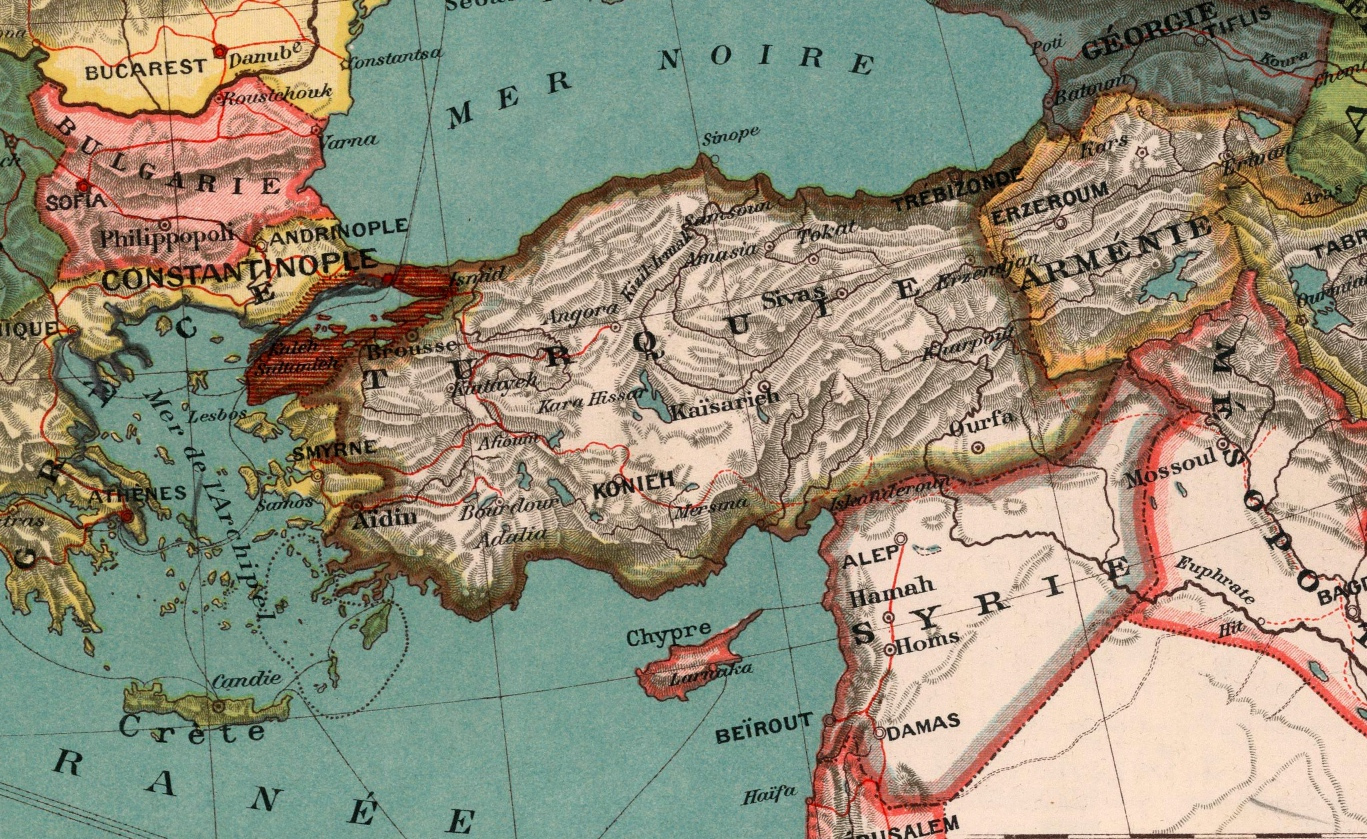
AsianOverland.net
Tour Guide - Itinerary
Asian Overland Sydney to London
Started 22/06/2022 Finished 21/06/2023365 Days ITINERARY
Day 306 date 23/04/2023ANKARA to ERZURUM, TURKIYE
ASIANOVERLAND.NET LONDON TO SYDNEY DAY 306: ANKARA TO ERZURUM, TURKIYE
After a week waiting at the Iranian Embassy in Ankara for Iran visas, I finally managed to obtain visas for all of the punters except the three Americans. With the benefit of hindsight, this turned out to be fortuitous, because the fanatically aggressive Revolutionary Guards in Tehran would have been much worse if we had any Americans on our bus in Tehran. Thinking about Tehran and the American hostage crisis in 1980 still sends shivers up my spine, as does the 2012 movie ARGO, about CIA rescue attempts in Tehran in 1980.
When Corrie and I had a chance meeting with President Jimmy Carter in Nepal a few years later, I said to President Carter that I was sorry he hadn’t won the 1980 election.
President Carter quickly responded: “I don’t”.
I didn’t understand President Carter’s response at the time, but recent evidence that the CIA was working against President Carter’s attempts to have the hostages released before the 1980 Presidential election, explains President Carter’s response;
“Blunt message to be passed to Iran: Don’t release the hostages before the election. Mr. Reagan will win and give you a better deal. …
Mr. Carter’s camp has long suspected that Mr. Casey [William J. Casey, the chairman of Mr. Reagan’s campaign and later Director of the Central Intelligence Agency] or someone else in Mr. Reagan’s orbit sought to secretly torpedo efforts to liberate the hostages before the election …
Mr. Casey was alleged to have met with representatives of Iran in July and August 1980 in Madrid leading to a deal supposedly finalized in Paris in October in which a future Reagan administration would ship arms to Tehran through Israel in exchange for the hostages being held until after the election. …
“I just want history to reflect that Carter got a little bit of a bad deal about the hostages,” he said. “He didn’t have a fighting chance with those hostages still in the embassy in Iran.”
https://www.nytimes.com/2023/03/18/us/politics/jimmy-carter-october-surprise-iran-hostages.html
In August 1980, as we headed east towards Iran, the situation was gravely tense in Iran, as a recent CIA rescue attempt in the Iran desert had failed, 52 American hostages were still being held by the Revolutionary Guards after being taken from the American Embassy in Tehran in 1979, and we seemed to be the next westerners to travel through Iran after the CIA helicopter fiasco. I don’t blame the Revolutionary Guards for their violent reactions when we parked our bus at the Tehran High School where the American hostages were held in August 1980, but they scared the hell out of everyone, and it would have been much worse if we still had the three Americans on board.
Erzurum is the largest city in eastern Turkiye, close to the Turkiye/Iran border, and has moved from Iranian to Roman/Byzantine/Seljuk/Ottoman/Russian/Turkish control over the centuries. It was known as Karanitis when incorporated into the Roman Empire in the 4th century after the split of the Kingdom of Armenia in 387 between the Romans and Iran. A small mountain city called Karin at the time, it was fortified and became an important border fortress.
On the crossroads of the main trade routes in Asia Minor, the area was important for all traders, including Turks, Iranians, Greeks, Armenians, Syriac Christians, Russians, Jews and Assyrians.
From the 3rd century AD, the area was dominated by and incorporated into the Sasanian Empire ("Land/Empire of the Iranians"), the last Iranian empire before the early Muslim conquests of the 7th–8th centuries AD. Named after the House of Sasan, it endured for over four centuries, from 224 to 651 AD, making it the longest-lived Persian imperial dynasty. The Sasanian Empire re-established the Persians as a major power, alongside its neighbouring arch-rival, the Roman Empire (after 395 the Byzantine Empire).
Erzurum was renamed Theodosiopolis in A.D. 415 in honour of Emperor Theodosius I, and alternatively held by the Iranians, Arabs and Byzantines during the 7-10th centuries. Devastated and looted by the Seljuk Turks in 1049, the old city of Erzen was conquered, but Theodosiopolis initially survived the invasion.
Theodosiopolis repelled many attacks and military campaigns by the Seljuks of Rum and Georgians until 1201, when it was conquered by the Seljuk Sultan Süleiman II of Rüm.
Erzen-Erzurum fell to the Mongol siege in 1242, and the city was looted and devastated in typically ruthless Mongol fashion.
After the fall of the Seljuk Sultanate of Anatolia (Rum) in the early 14th century, Erzurum became part of the Black Sheep Turkmen and the White Sheep Turkmen, until the rising Iranian Safavids captured Erzurum in 1502.
In 1514, Erzurum was conquered by the Ottoman Sultan Selim I following the Battle of Chaldiran, and became the main base of Ottoman military power and capital of the province.
Early in the 17th century, Erzurum was retaken by Safavid Iran, while enduring a revolt by the province governor Abaza Mehmed Pasha. The revolt was backed by Safavid Iran and lasted until 1628.
Iran reconquered Erzurum again under Nader Shah in the first half of the 18th century.
The Ottomans were routed by the Iranian Qajars in the 1821 battle at the city of Erzurum.
Erzurum was conquered by the Russian army in 1829, and subsequently given back to the Ottoman Empire by the Russians under the Treaty of Adrianople.
Erzurum was again assaulted and taken by the Russian army in the last Russo-Turkish War in 1877.
© This work is copyright. Apart from any use permitted under the Copyright Act 1968, no part may be reproduced by any process, nor may any other exclusive right be exercised, without the permission of Peter Searle, peter@portseavillageresort.com; 1980-2024.
Website built by Justin O’Dea www.webdeveloperdocklands.com.au
